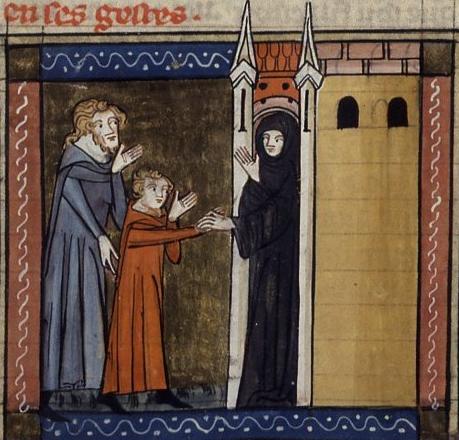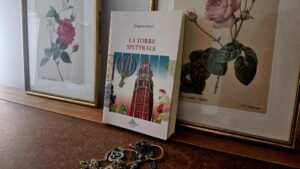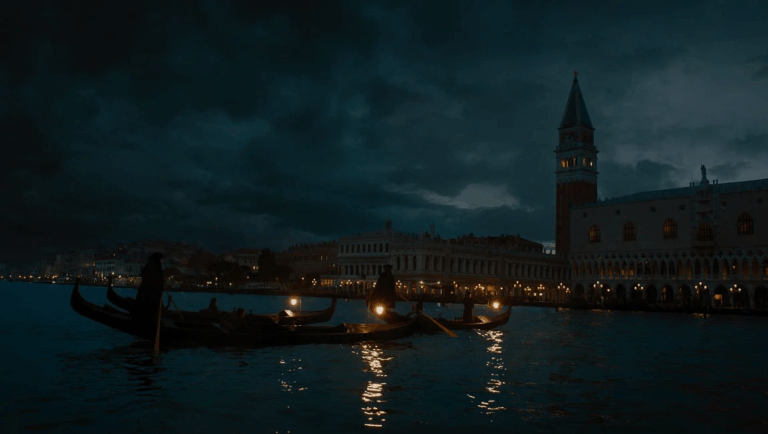Neither Man Nor Woman, but Saint: the Iconography of St. Marina the Monk
In the hagiographic tradition of Eastern Christianity, Saint Marina the Monk (more properly known as Marinos) occupies a space that defies categories. Assigned female at birth, Marina disguised herself as a man to live in a monastery with her father. There, she took the name Marinos, donned monastic robes, and lived for decades as a male monk, her gender undisclosed to the brotherhood.
When falsely accused of fathering a child, Marina accepted punishment without revealing her assigned sex. She lived in disgrace, raising the child in humility and silence, until her death when the truth was discovered, not as a scandal, but a revelation of holiness and divine mystery.
In icons, Marina is often portrayed like any other monk: tonsured, robed, solemn — but with visual markers that invite deeper reading. In some traditions, Marina is shown bearded, symbolising full assimilation into the male monastic world. In others, she is portrayed cradling the orphan she raised — an image of maternal masculinity. Sometimes a lion is present, referencing stories of her retreat into the wilderness, where her sanctity brought even wild creatures to peace.
This iconography resists simplification. Marina is not “disguised” as a man. She is venerated as a monk — the identity she lived and died as. Her sanctity is not framed as despite her gender fluidity, but through it. In Orthodox Christianity, some saints are not worshipped for fitting social norms — they are honoured for transcending them.








No Comments